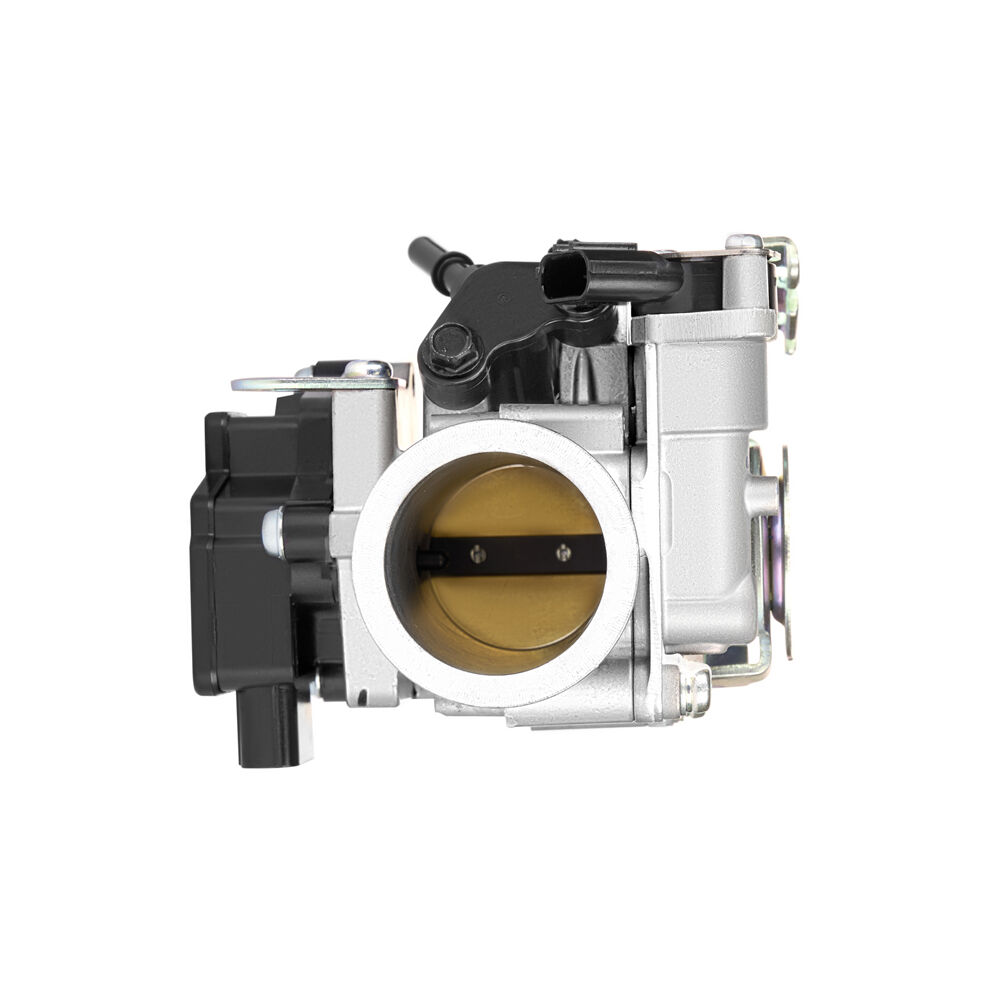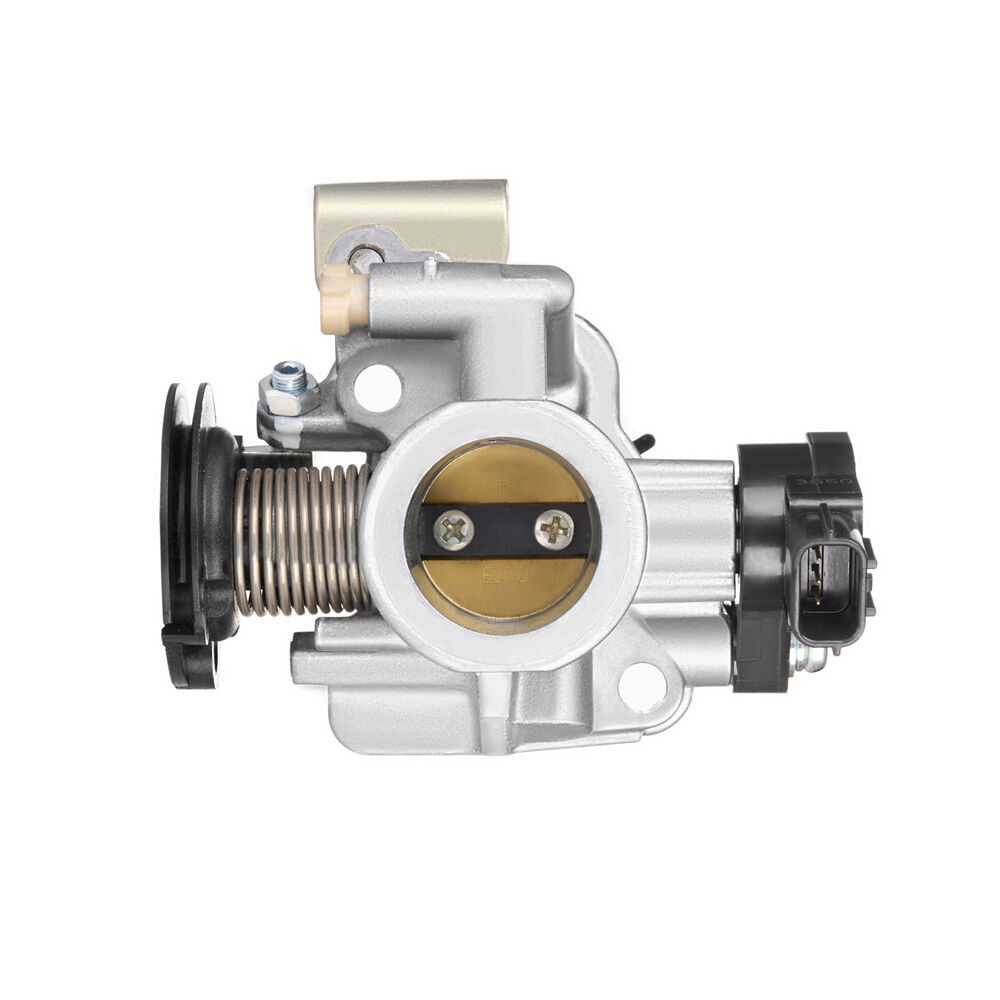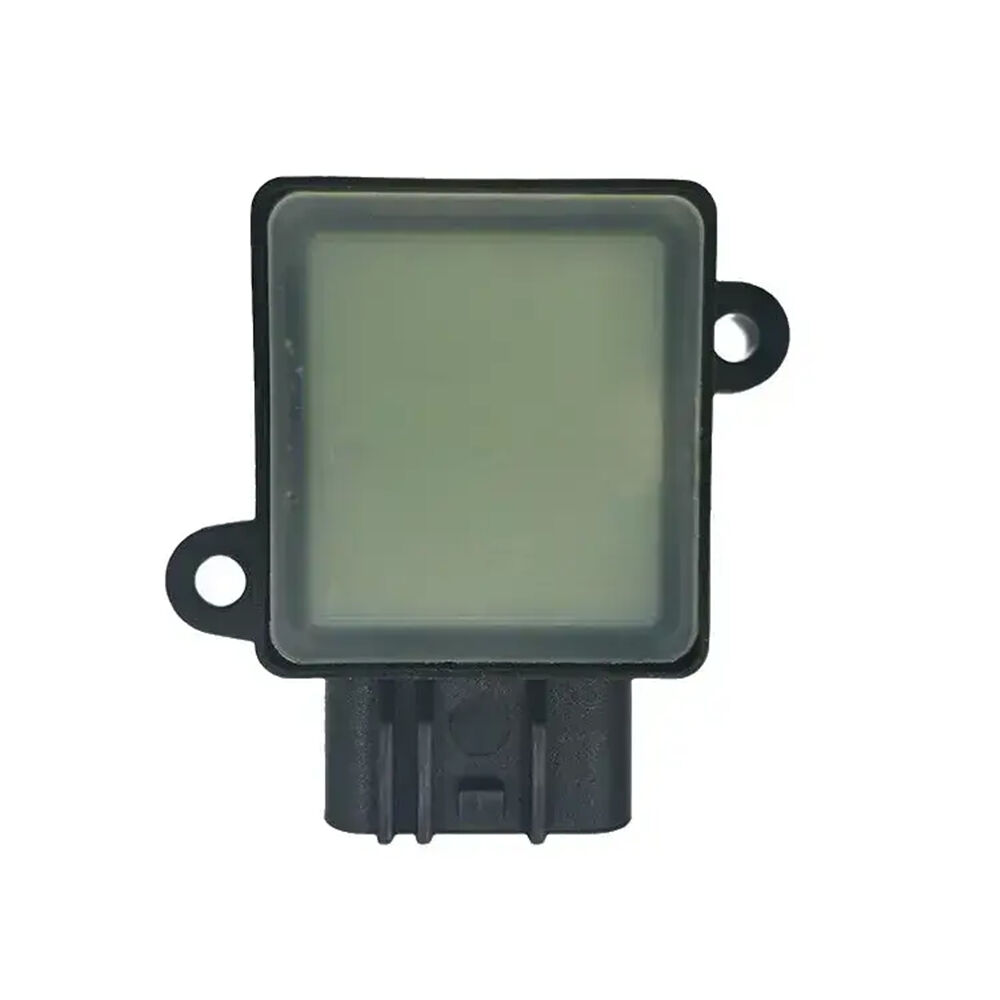Durability and Reliability Excellence
The MAP pressure sensor's design prioritizes longevity and consistent performance in demanding automotive environments. Constructed using high-grade materials and sealed housing, these sensors resist contamination from oil, fuel vapors, and other engine bay substances. The robust construction withstands extreme temperature variations, vibration, and electromagnetic interference common in automotive applications. Quality control measures during manufacturing ensure each sensor meets strict performance specifications. The sensors undergo rigorous testing under various environmental conditions to verify their reliability. Their solid-state design eliminates wear-prone components, contributing to an extended service life that often matches or exceeds the vehicle's lifespan.


